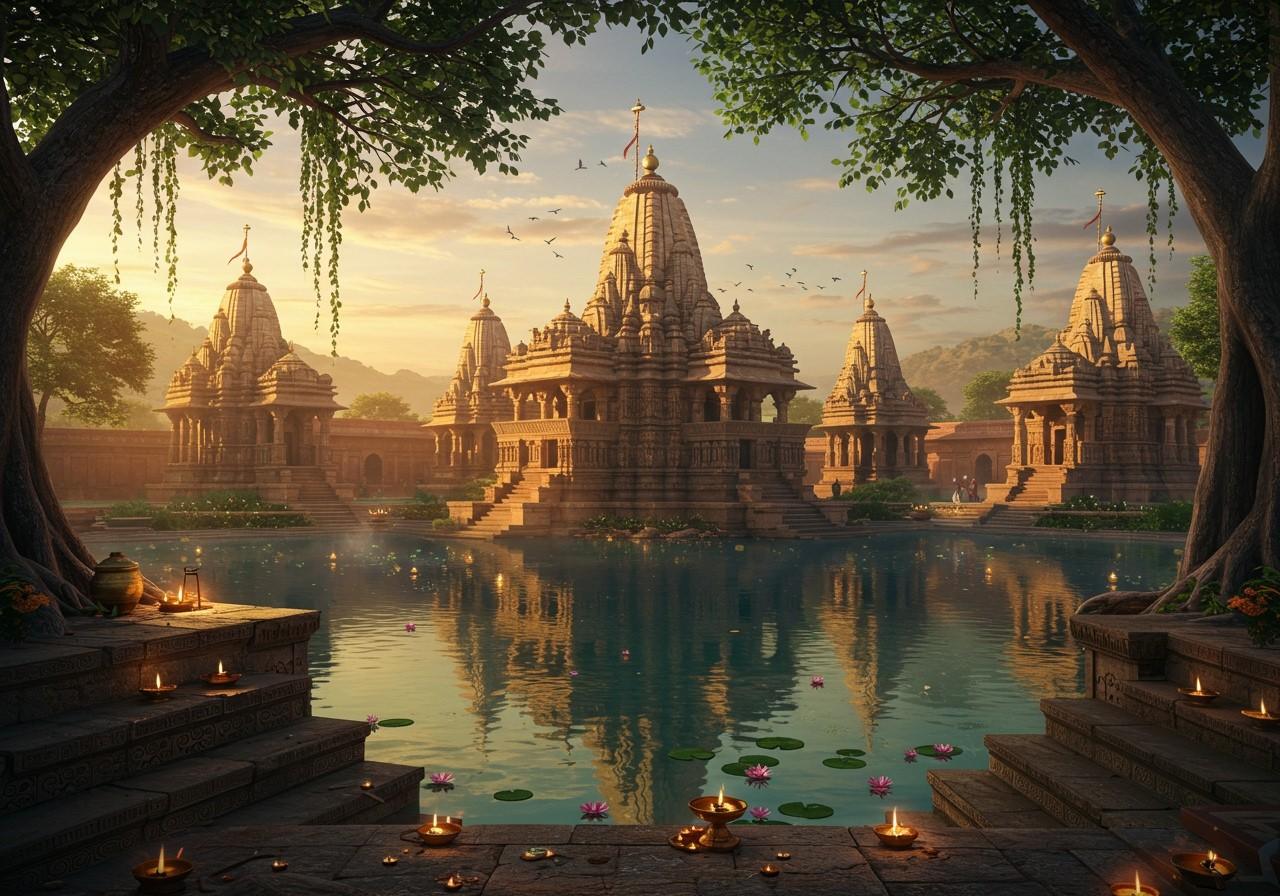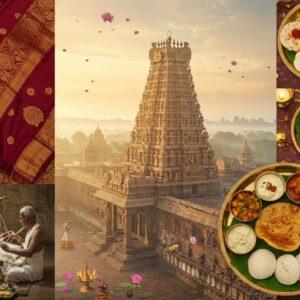
Embark on a spiritual journey to the Katas Raj Temples, a timeless complex nestled in the Chakwal district of Punjab, Pakistan. These ancient temples, steeped in history and legend, offer a captivating glimpse into the rich tapestry of Hindu heritage. Join us as we uncover the secrets of this revered site, exploring its historical significance, architectural marvels, and the enduring spiritual resonance it holds for devotees and history enthusiasts alike.
A Passage Through Time: Unraveling the History
The Katas Raj Temples boast a history spanning over 1500 years, with roots tracing back to the 6th century CE. Believed to have been constructed during the reign of the Hindu Shahi kings (circa 615-950 CE), these temples stand as a testament to their architectural prowess and religious devotion. Evidence suggests that a Buddhist stupa once graced this land, adding another layer of historical intrigue to this sacred site. The temples also find mention in the travelogues of Faxian, the renowned Chinese monk, further solidifying their historical importance.
Legends Whispered Through the Ages: Mythology and Religious Significance
Dedicated to Lord Shiva, the Katas Raj Temples hold immense religious significance for Hindus. The sacred pond, known as Katas Kund, is believed to have been formed by Shiva’s tears following the death of his beloved wife, Sati. The Mahabharata, one of Hinduism’s most revered epics, links this site to the exile of the Pandava brothers, who are said to have engaged in a riddle contest with Yakshas here. Another legend attributes the temple’s foundation and the establishment of a hand-crafted lingam to Lord Krishna himself. Considered the second holiest site in the historical Punjab region after Jwalamukhi Temple in Himachal Pradesh, India, Katas Raj continues to draw pilgrims seeking spiritual solace and connection.
Architectural Wonders: A Symphony in Stone
The Katas Raj complex comprises seven temples, collectively known as Satgraha, a harmonious blend of ancient and more recent structures encircling the sacred Katas pond. The architecture showcases a distinctive style reminiscent of Kashmiri temples, featuring ornate dentils, trefoil arches, fluted pillars, and gracefully pointed roofs. Constructed primarily from soft sandstone, often plastered over, these temples exude a timeless elegance. The square plan commonly employed in their design adds to their visual harmony.
Bridging Cultures: Interfaith Harmony and Recent Developments
The Katas Raj Temples stand as a powerful symbol of interfaith harmony between Muslim and Hindu communities. The Pakistani government has undertaken commendable restoration efforts, recognizing the importance of preserving this shared heritage. Katas Raj has blossomed into a hub for both pilgrimage and tourism, fostering cultural exchange and generating economic opportunities for the local community. The issuance of visas to Indian pilgrims, such as the 154 granted in February 2025, further underscores the commitment to promoting interfaith understanding and cooperation.
Preserving the Sacred: Challenges and Conservation
Despite its enduring legacy, Katas Raj faces the pressing challenge of water scarcity, with concerns over the drying up of the sacred pond attributed to nearby cement factories. Conservation efforts are crucial to ensuring the long-term preservation of this invaluable spiritual and historical treasure. Protecting the sanctity of the pond is paramount to maintaining the spiritual heart of Katas Raj.
Planning Your Pilgrimage: A Visitor’s Guide
Best Time to Visit: The cooler months offer the most pleasant weather for exploring the temple complex. Getting There: Katas Raj is accessible from major cities like Islamabad and Lahore. Accommodation and Amenities: Guided tours and comfortable accommodations are available nearby. Respectful Attire: Dressing modestly, covering shoulders and knees, is customary when visiting religious sites.
For those seeking to deepen their spiritual journey, consider acquiring sacred items from Poojn.in. As India’s leading provider of puja samagri and other religious items, Poojn.in offers everything you may need to perform your prayers and offerings with reverence.
Capturing the Essence: A Visual Journey
Immerse yourself in the beauty of Katas Raj through captivating photographs that showcase the intricate carvings, serene landscapes, and the vibrant tapestry of cultural and religious ceremonies that bring this sacred site to life.
Voices of Experience: Visitor Reviews and Testimonials
Read firsthand accounts from fellow visitors, sharing their personal experiences and offering valuable insights for planning your own meaningful journey to Katas Raj.
Frequently Asked Questions (FAQs)
What is the history behind Katas Raj Temples? The Katas Raj Temples carry a legacy reaching back over 1500 years, tracing their origins to the 6th century CE. Built during the era of the Hindu Shahi kings, these temples evolved from a site previously marked by a Buddhist stupa. Their significance is further highlighted by their mention in the travelogues of the Chinese monk, Faxian.
Why are the Katas Raj Temples considered important? The temples hold profound religious significance for Hindus, dedicated to Lord Shiva. The sacred Katas Kund pond is believed to have been formed from Shiva’s tears, adding to the site’s spiritual aura. Connected to the Mahabharata epic and legends surrounding Lord Krishna, Katas Raj serves as a significant pilgrimage site for the Hindu community.
Where can I find photos of the Katas Raj Temples? Explore the visual splendor of Katas Raj through various online resources. Travel and historical websites offer a plethora of images, showcasing the temples’ architectural beauty and serene surroundings. Search online for “Katas Raj Temples photos” to discover captivating visuals of this historic site.
What are people saying about their visits to Katas Raj Temples? Visitor reviews often describe Katas Raj as a place of tranquility and spiritual awakening. Many highlight the historical significance, architectural marvels, and the peaceful ambiance that permeates the temple complex. Reading these accounts can offer valuable perspectives for your own pilgrimage.
Can I visit Katas Raj Temples at any time of the year? Yes, the Katas Raj Temples welcome visitors throughout the year. However, the most favorable time to visit is during the cooler months when the weather enhances the exploration of this historical and spiritual haven.
What is the appropriate attire for visiting Katas Raj Temples? Modest attire is recommended when visiting the Katas Raj Temples. It’s respectful to dress conservatively, covering shoulders and knees, in line with the customs observed at religious sites. Traditional clothing is also welcomed.
Is there an entry fee for the Katas Raj Temples? A nominal entry fee is typically charged to access the Katas Raj Temples complex. This fee contributes to the maintenance and preservation of this treasured historical site.
Are guided tours available at the Katas Raj Temples? Yes, guided tours are available to enrich your visit to the Katas Raj Temples. Knowledgeable guides offer deeper insights into the history, mythology, and architectural significance of the complex, enhancing your understanding and appreciation of this remarkable place.


